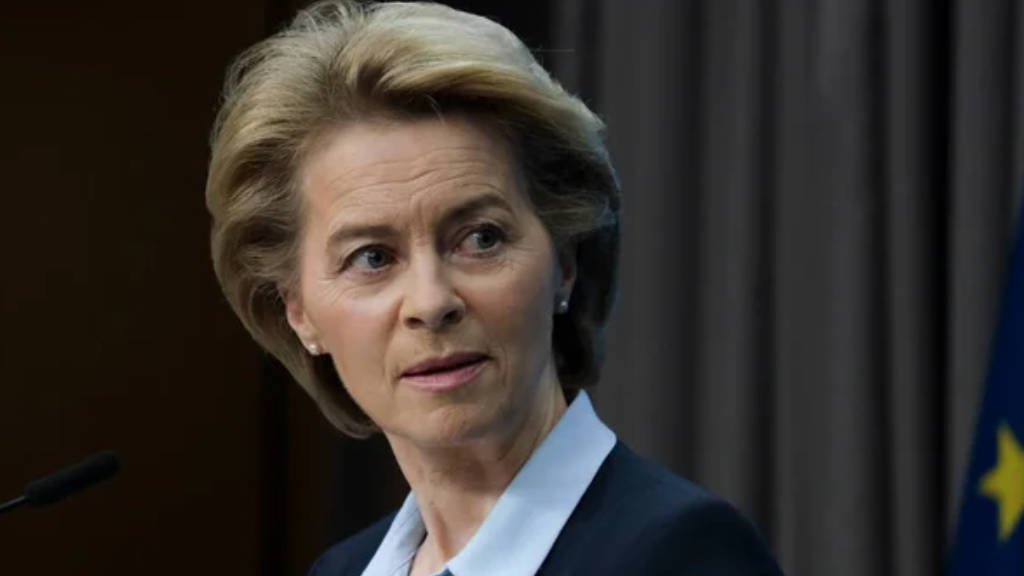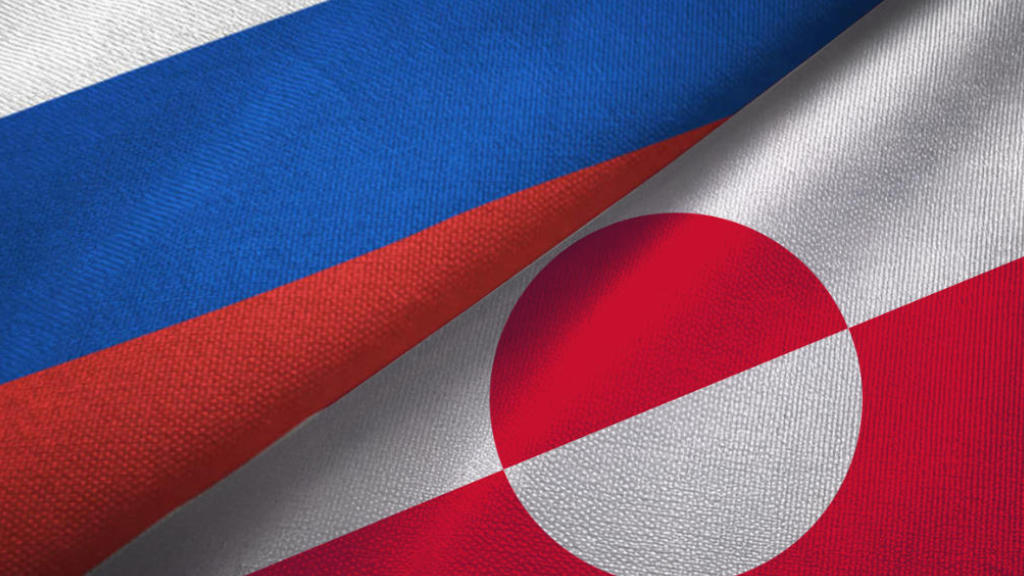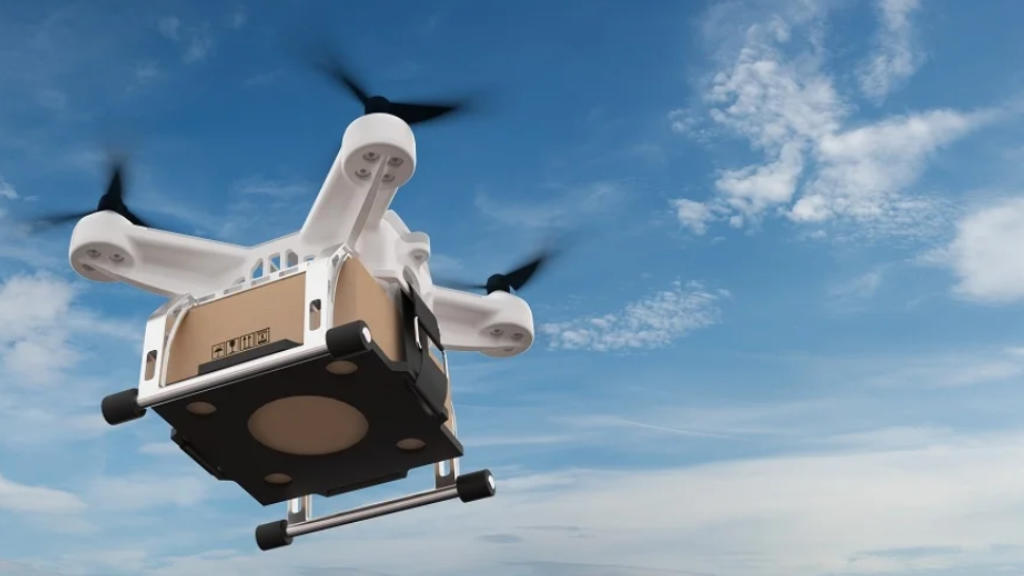Russia’s Pivot to Asia sat down last week with a highly experienced group of people, including high-profile China and Asia experts, an American banker, and Russian academics. The question on the table: “Does the west have a game plan for Russia?”
First, about the attendees. All are well known in their fields and government influential. However, due to previous experiences of media (and government) harassment, choose to remain anonymous. We realise that impacts upon credibility but feel that the way in which the collective analysis is presented will illustrate that we know what we are talking about. It is disturbing that social media and more subtle pressure is now interfering with free speech and discussion to the detriment of individual reputations and freedoms, but take our word for it, it is. Now on to the discussion.
Did the collective West properly prepare for the situation with Russia?
There are two main component parts to this question, being the United States, and Europe. We will deal with them as follows:
The United States
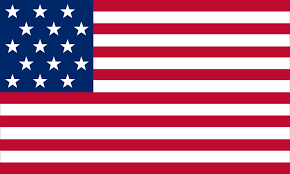
It appears that the US does, and continues to have, a gameplan for Russia. This involves the following key strategies – all of which imply a Euro-centric mindset as to the reasoning behind them:
Removing Russia as an Energy Supplier to Europe
The US has benefitted extensively from the European decisions to turn away from Russian to alternative energy supplies, the bulk of which now come from the US. It was US President Donald Trump who originally berated Europe, and especially Germany for buying gas from Russia – and not meeting agreed defence and military expenditure.
According to Politico, the U.S. now provides Europe with nearly 50% of its LNG — up from roughly 25% before the Ukraine conflict — while LNG has overtaken pipeline gas as the most important source of supplies. This LNG is shipped in from alternative suppliers and is more expensive in terms of both cost – and pollution. The Council of Europe (the EU’s governing body) stated that in 2023, the United States was the largest LNG supplier to the EU, representing almost 50% of total LNG imports. In 2023, comparing to 2021, imports from the US almost tripled.
Also not satisfactorily explained was the 2022 demolition of the Nordstream gas pipelines running from Russia to Germany, which were destroyed in underwater explosions in an operation that could only have been undertaken with Sovereign Government support. Russian (and some US opinion) has pointed fingers at a US financed operation, while others have suggested several alternative theories. Investigations by several European countries have turned up inconclusive results, while the Russians have not been allowed to conduct their own investigations. The most obvious answer as to who had the motivation, and the subsequent behaviour to cover that up, is indicative of the actual reality.
Selling More Weapons to Europe
Trump again – he told NATO members in 2018 that 23 of 28 members were delinquent and owed vast amounts of money to the US. In many ways, the Ukraine conflict has allowed both the United States and Europe to get rid of older military stockpiles and send them to Kiev to fight the Russians. Those stockpiles have now been depleted, destroyed, and need replacing. According to Responsible Statescraft, the United States top 5 weapons contractors made US$196 billion in 2022. The European Defense Agency has stated that it spent a record €240 billion in defence spending in 2022, while EU Council President Charles Michel said that had further increased to €270 billion in 2023. Nearly all of that is imported, which is why the European Commission stated that the EU would introduce its first Defence Industrial Strategy just last month. That is designed to shift the EU industrial base to military production, however goals are set for 2030 – six years from now.
US Sanctions on Russia
According to the OEC, the United States bilateral trade with Russia in 2021 (pre-Ukraine) were US$16.63 billion, of which US exports were just US$1.63 billion.. That compares with the EU, whose bilateral trade with Russia in 2021 reached €257.5 billion (US$298.28 billion), or roughly seventeen times more than the US exposure. Of that, EU exports to Russia were worth €99 billion – over sixty times more than the American risk.
This means that in quantitative terms, sanctions imposed by lawmakers in Washington and followed through by Brussels inflict a significantly greater strain on the European as opposed to the American economy. Additionally, US sanctions aren’t always directed at Russia, although the reasons stated are. The US is following a trade pattern that blames Russia for the need to impose them, but actually impact third countries such as China, among numerous others including Iran, Turkiye, Kazakhstan and Saudi Arabia. Many of these also have negative impacts upon European trade ties elsewhere. Yet the EU is following the ‘anti-Russia’ sanctions message every time.
Attracting European Investors
Another impact of the increased energy prices in Europe has been the subsequent decline in European competitiveness. This is especially pertinent to the automotive industry, which has been dominated by European, American, and Chinese brands across Eurasia. That is now changing, with this coming at a time when the old generation of hundreds of millions of petrol-driven vehicles will be replaced by EV vehicles. That is spurring massive changes and a revenue boom for auto manufacturers as green energy takes over from fossil fuels and these are adopted, as government policy means consumers must now buy the new generation of private and commercial vehicles.
What has happened has been that European manufacturers were politically motivated to leave the Russian market , and have now largely been replaced in Russia by domestic and Chinese brands (the Chinese share of Russia’s auto market has increased to 56% of the total from 10% .in just two years).
However, energy prices in Europe have also been rising, and this impacts upon manufacturing costs. As a result, European auto manufacturers such as Germany’s VW have been looking to set up new manufacturing plants in the United States, and not Europe. VW for example have committed to build a US$2 billion factory in South Carolina, and also plans to build its first EV-battery plant outside Europe in Canada, and maybe the first Audi plant in the United States. These investments are being taken away from what had been plans for VW to invest in Eastern Europe.
The upshot of these four main economic issues are that the Ukraine conflict is extremely good business for the United States and it has developed a sound strategy. However, the goal appears not to be anything specifically to do with Russia, it appears more about permanently securing Europe as a client state.
The European Union and United Kingdom
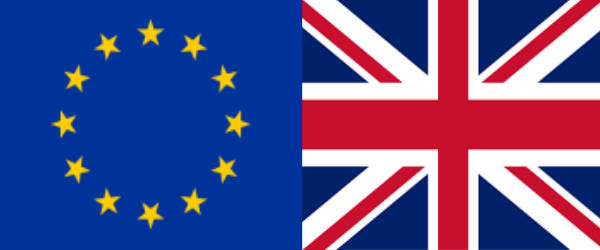
Neither the EU nor the UK appear to have developed any long-term strategy or properly prepared for the situation in Ukraine, nor with Russia.
Much of the strategy involved has instead followed American policy without much thought given as to the impact, either upon Russia nor, crucially upon the European economies. What has occurred however appears to have been a reliance instead upon media to support the European (and American) political views concerning Russia – they almost mirror each other. European politicians (with a few dissenting voices, most notably Hungary) have stated that this is a ‘united’ policy, however little thought or preparation appears to have been targeted towards potential repercussions.
For example, when the sanctions were first imposed, EU leaders almost all predicted the collapse of the Russian ruble and the Russian economy. The basic fact that this didn’t occur suggests that they had not understood the consequences of their actions and failed to understand the Russian economy per se. The resulting high inflation levels in Europe, rise in energy costs and the impact on business competitiveness are now seeing a clear migration to the United States, and a marked increase in European spending on American products.
This apparent lack of original European thinking and foreign policy has been noticed by other players, (such as China) with criticism that Brussels and London merely appear to parrot Washington’s position. The conclusion, given that much of what has been said by European politicians and political analysts about the Russian economy, is that little research was conducted and that there has been no coherent plan – other than to follow the US lead. There has however been plenty of justification for continuing the conflict with Russia, in Ukraine.
Russia’s Reasons for Invading Ukraine
A great deal was said concerning Russia’s motivation for ‘instigating’ the Ukraine conflict, as justification for the subsequent behaviours – mostly encouraged by Washington:
Attempts To Weaken Putin
Part of the justification for imposing sanctions was to instigate domestic Russian unrest, de-stabilize the Russian government, leading to an overthrow of the Russian President. Some of the measures taken were decidedly unfriendly towards ordinary Russian nationals without any connection to Government, other than perhaps the fact that Russians were ‘accused’ of voting him into office and are therefore somehow culpable. The problem with this approach – for the West – is that it contravenes democratic rights. Some of these measures are unprecedented and borderline racist. These include the non-issuance of visas to ordinary Russians, many with family in Europe, the blocking of banking and other financial transactions, which again impacts Russians with family overseas and vice-versa, and recent Ukrainian suggestions to ban all Russians and Belarussians from flying on European airlines.
Added to this is the freezing and seizing of assets and the resale of those to Ukraine – and while sympathy for Oligarchs maybe hard to realise, this extends to confiscation of ordinary Russian owned cars, mobile phones and jewellery at EU borders. That is becoming very close to theft.
Then again, some measures don’t make much sense, such as the banning of Russian artists and cultural performances in the West. That merely deprives Western audiences, not Russian. Interestingly, Russia hasn’t reciprocated. EU nationals can apply for Russian visas online, while the famous Mariinsky theatre in St. Petersburg is showing works just this week (April 8-14) by Adam, Bartok, Bizet, Beethoven, Fure, Gounod, Massenet, Mendelssohn, Mozart, Schubert, Strauss, Verdi, and Wagner.
In the long run, this hasn’t really presented much domestic trouble for Putin. The EU has miscalculated. Instead, the impact has been to encourage Russian tourists – 14 million overseas trips in 2023 – to spend time in other markets, such as Morocco, Turkiye, Dubai, Sri Lanka, Bali and Thailand to name just a few. The gain from inconveniencing ordinary Russians in Europe has merely seen them relocate to alternative destinations and spend their money elsewhere.
In terms of imposing export bans on selling European products to Russia, three main things have occurred.
- Parallel Imports – where the same brand product is imported via a third country (Armenia, Georgia, Turkiye and others). EU politicians may claim EU exports to Russia have declined but what they don’t mention is that doesn’t mean Russians cannot obtain them.
- Russia imports alternatives, mainly from Asia;
- Russia manufactures its own replacements. McDonalds and Coca-Cola both pulled out of Russia, for example. Russian investors bought up all 900 McDonalds restaurants and now operate them as ‘Tasty Dot’. Coke sold their soft drinks plants to their Russian distributors. The products in both cases, although rebranded, taste exactly the same. And the profits generated in Russia by these businesses now remain in Russia.
All that the desire to discriminate against Russians has done, is to create mistrust between the EU and Russia. It hasn’t made Russian’s miss or yearn for Europe. Instead, it’s introduced them to new products, markets and destinations elsewhere.
The Recreation of the USSR
This has often been bandied about, including by US President Biden, mainly based upon comments made by Russian President Putin’s historical remark that the collapse of the Soviet Union was a ‘historical tragedy’ for Russia. But then again, he has also mentioned multiple times that Russia has no intent on recreating the USSR. Who is right? Let’s look at the reality:
Will Russia Invade Europe?
Putin has said that a Russian invasion of a NATO country will not happen. But, as Europe’s Politico says, “Why trust him?” That gets to the real crux of the matter. While Eastern Europe contains multiple countries that used to be part of the Soviet Union or were heavily influenced by Moscow: Bulgaria, Croatia, Czech Republic, Estonia, Hungary, Latvia, Lithuania, Poland, Romania, Slovakia, and Slovenia, most of these are members of NATO.
It has been well established that NATO considers an attack on one NATO member as an attack on all and that all NATO countries – which also includes, amongst others, the United States, and United Kingdom would then become involved. That is a formidable force, while any Russian invasion would be met with extreme local resistance too. It would open up a front of 2,360km in addition to the current frontline with Ukraine of 1,886km (2024). The question to ask is why would Moscow pursue such an option?
According to the EU Commission, between February 2022 and December 2023, the value of EU imports from Russia fell by 82 %, dropping to US$84.9 billion in value. This means that in pure economic terms, the European Union is now worth less than US$90 billion to Moscow in terms of revenues.
Meanwhile, Russia’s exports to Asia increased to US$306.6 billion in 2023 – over triple the European value. Russia’s supply chains and its economic infrastructure have now pivoted strongly to Asia. The question then becomes why would Russia invade Europe, and create a war with NATO that it would
- almost certainly lose,
- be extremely unpopular in Russia let alone the global community,
- has little economic added value and
- would divert attention and money away from much needed development to the East.
It just doesn’t make any sense – for Russia. But suggesting the prospect of such an event does make a lot of sense for weapons manufacturers supplying the EU.
Russia’s European Preparations
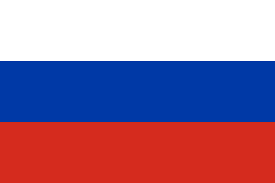
In contrast to the European Union, Moscow appears to have researched and gamed a potential economic conflict with the EU itself since 2014 – which is when the EU first imposed sanctions upon Russia for annexing Crimea. It appears to be from that occasion – when Moscow seems to have felt that Brussels had deceived it over its Ukraine policy and intentions – that it began to prepare. Consequently, numerous economic punishment scenarios would have been war-gamed in the Kremlin and many scenarios, including worst-case events studied, discussed and prepared for. It appears that Moscow very much had a series of strategies and protections in place to cater for European economic sanctions and the removal of its markets from Russia. That manifests itself: Russia’s PMI index, which measures manufacturing growth sentiment, was at 55.7, its highest level for 18 years, in March. Germany’s was at 41.9.
Conclusions
Moscow also appears to have understood the role of the United States within this, a nation that seems to have the motivation, and has instigated, and carried out its development strategy. That however seems fully concentrated on Europe, with Ukraine being the catalyst, whether Kiev or Brussels really understands this or not.
The European Union in contrast appears to have been caught unprepared,and been wholly reliant on US strategy to sustain its position since the Ukraine conflict began. The projected impact of this means that the US economy will be fine – and is in fact doing well, with the energy and weapons industries especially. The UK weapons sector will also prosper, although Britain too now suffers from high energy costs. Russia is in the process of adapting, an issue that may have surprised Washington but doesn’t affect the end result as far as their European ambitions are concerned. The loser in this appears to be Brussels, which seems to have lacked preparation, had not developed any meaningful independent foreign strategy, and has effectively become a vassal of the United States.
The proof of a lack of EU research into the issue can be seen with Ursula von der Lyan suggesting in March 2024 that the EU needs a common defence industrial policy. Yet the conflict with Russia and Ukraine dates back to 2014. The implication is that the EU has sat on its hands for the past ten years, been utterly unprepared, and allowed far smarter American politicians and manufacturers to take complete advantage.
For a complete analysis of Russia’s Pivot to Asia, please download our complimentary 2024 report in English here and in Russian here.

